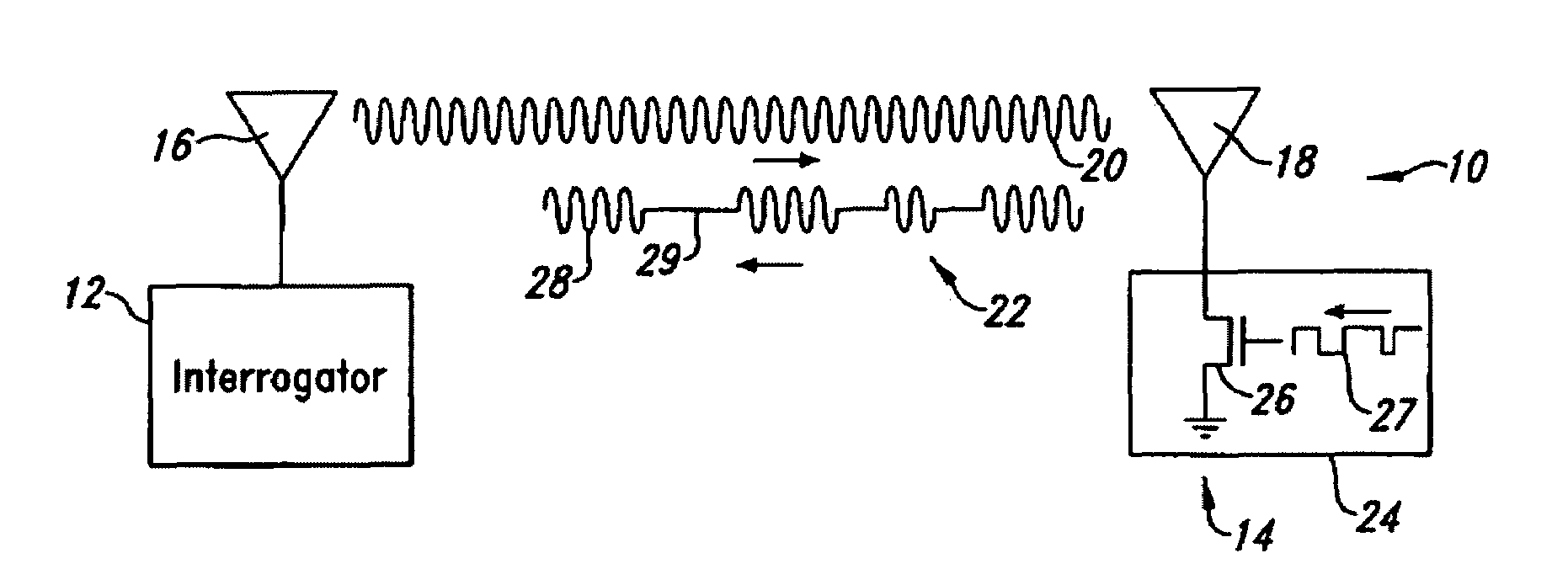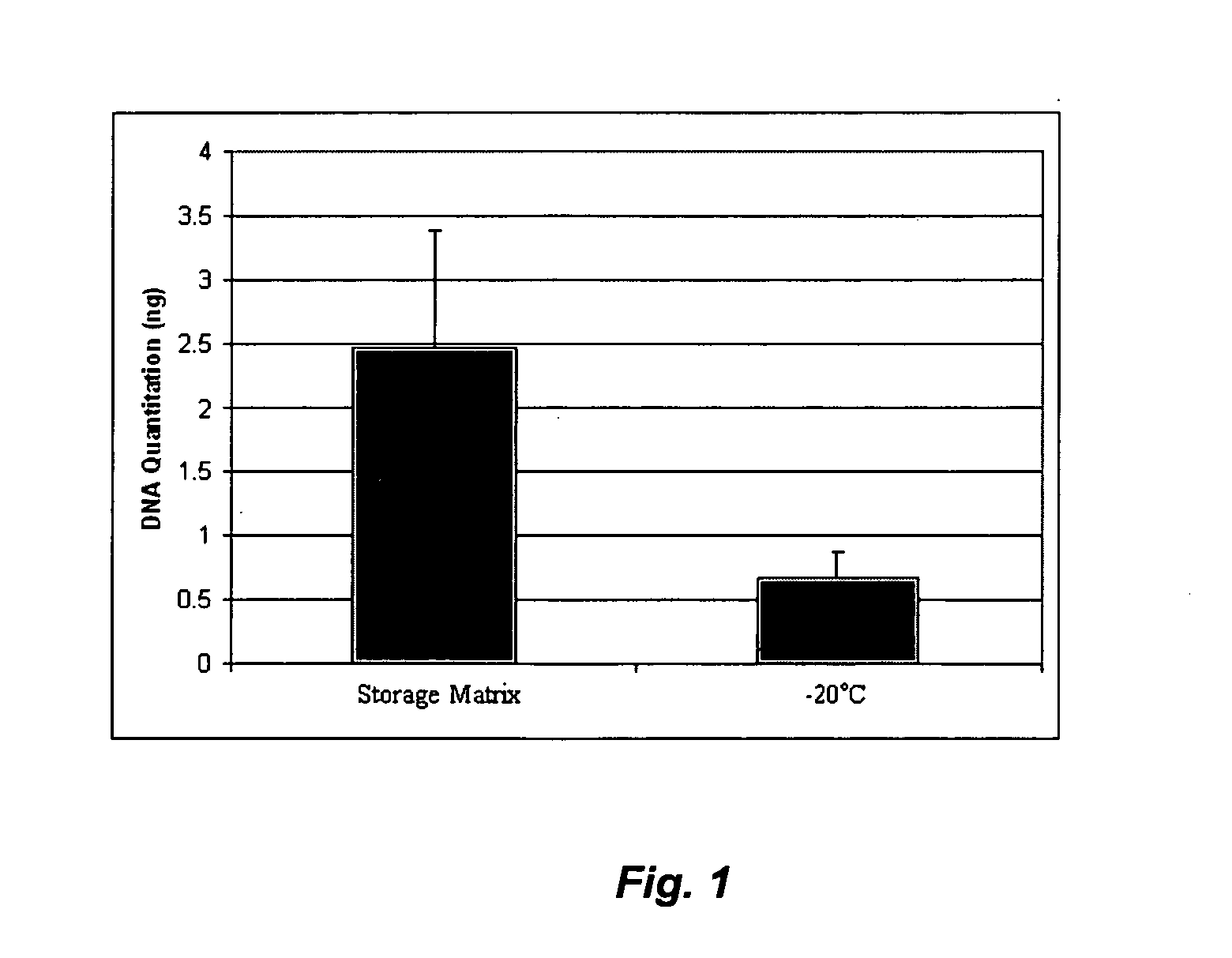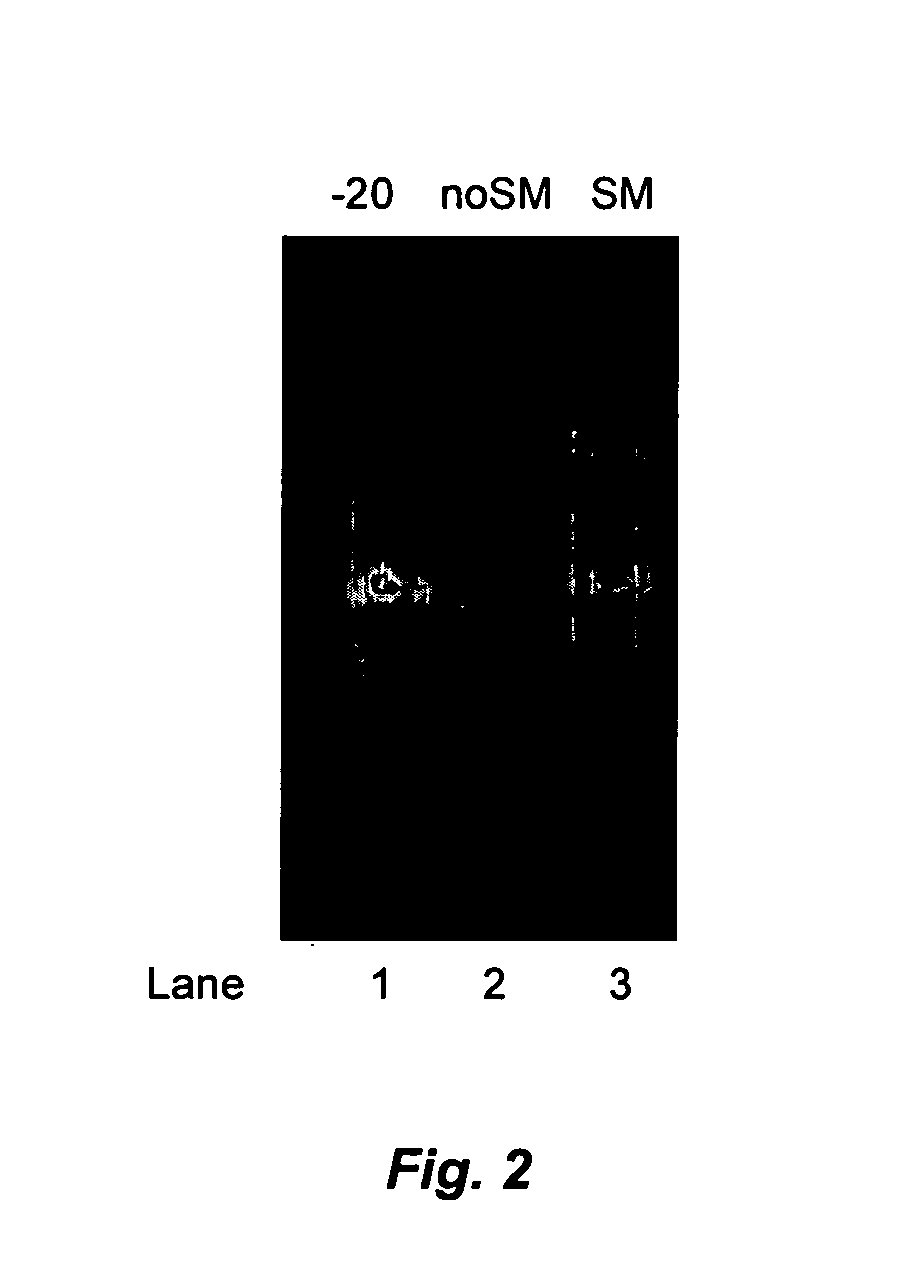Sample storage for life science
a technology for life science and samples, applied in the field of compositions and methods for biological sample storage, can solve the problems of inconvenient maintenance of adequate low temperature, unreliable equipment, and disadvantages of both storage systems
- Summary
- Abstract
- Description
- Claims
- Application Information
AI Technical Summary
Benefits of technology
Problems solved by technology
Method used
Image
Examples
example 1
Storage of Blood
[0168]This Example describes the preparation and characterization of a liquid-storable biological sample. In this and the following Examples, standard cell and molecular biology techniques were employed, essentially according to known methodologies (e.g., Sambrook, J., Fritsch, E. F. and Maniatis, T. (1989) Molecular Cloning: A Laboratory Manual, Cold Spring Harbor Laboratory Press, New York; Current Protocols, Nucleic Acid Chemistry, Molecular Biology, Wiley and Sons, 2003; Current Protocols, Protein Sciences, Cell Biology, Wiley and Sons, 2003). All reagents in this and the following Examples were from Sigma-Aldrich (St. Louis, Mo.) unless otherwise specified.
[0169]For room temperature storage of blood, 10 mM Tris pH 8.0 was used for the preparation of a 1% polyvinyl alcohol (PVA, Sigma-Aldrich no. P8136) basic liquid storage matrix. The concentration of the polymer was tested in a range of 0.1% to 10% (w / v). The pH of the matrix was tested in a range of pH 5 to 8....
example 2
Storage of RNA
[0170]A 1 μg sample of ssRNA ladder (New England Biolabs, Inc., Beverly, Mass.; “NEB”) was suspended in 10 μl 1% PVA basic liquid storage matrix (prepared as described above in Example 1) and an equal amount of a control sample was suspended in water and both preparations were stored on the laboratory bench top at ambient (room) temperature. An additional sample in basic liquid storage matrix was stored frozen at −20° C. After 6 days, samples were supplemented with 10 μl RNA gel loading dye (NEB) and electrophoretically separated on a 0.8% agarose gel, which was then stained with ethidium bromide to visualize the RNA. Results are shown in FIG. 2. RNA stored in water was significantly degraded as compared to samples in liquid storage matrix kept at either −20° C. or at room temperature.
example 3
[0171]A 1 ng PDNA (pUC19) sample (NEB) was resuspended in 1% PVA basic liquid storage matrix (prepared as described above in Example 1), or in water. The samples were placed in a 70° C. oven for 3 days. A control sample was stored in water at −20° C. For PCR analysis each reaction contained 2.5 U Taq DNA polymerase (New England Biolabs, Inc.), 3 μl 10× reaction buffer (NEB), 0.5 μl dNTPs (10 μM each nucleotide), pUC19 forward primer (5′-ACCGCACAGATGCGTAAGGAG) [SEQ ID NO: 3] and pUC19 reverse primer (5′-TTCATTAATGCAGCTGGCACG) [SEQ ID NO: 4] each at a final concentration of 0.2 μM in a final volume of 30 μl. Cycling parameters were an initial denaturation at 94° C. for 5 min followed by 30 cycles of 94° C. for 15 sec, 55° C. for 30 sec and 72° C. for 30 sec. PCR reactions (10 μl) were analyzed by 0.8% agarose gel electrophoresis followed by ethidium bromide staining. Results are shown in FIG. 3. The integrity of plasmid DNA stored in water at room temperature was...
PUM
| Property | Measurement | Unit |
|---|---|---|
| time | aaaaa | aaaaa |
| time period | aaaaa | aaaaa |
| time | aaaaa | aaaaa |
Abstract
Description
Claims
Application Information
 Login to View More
Login to View More - R&D
- Intellectual Property
- Life Sciences
- Materials
- Tech Scout
- Unparalleled Data Quality
- Higher Quality Content
- 60% Fewer Hallucinations
Browse by: Latest US Patents, China's latest patents, Technical Efficacy Thesaurus, Application Domain, Technology Topic, Popular Technical Reports.
© 2025 PatSnap. All rights reserved.Legal|Privacy policy|Modern Slavery Act Transparency Statement|Sitemap|About US| Contact US: help@patsnap.com



